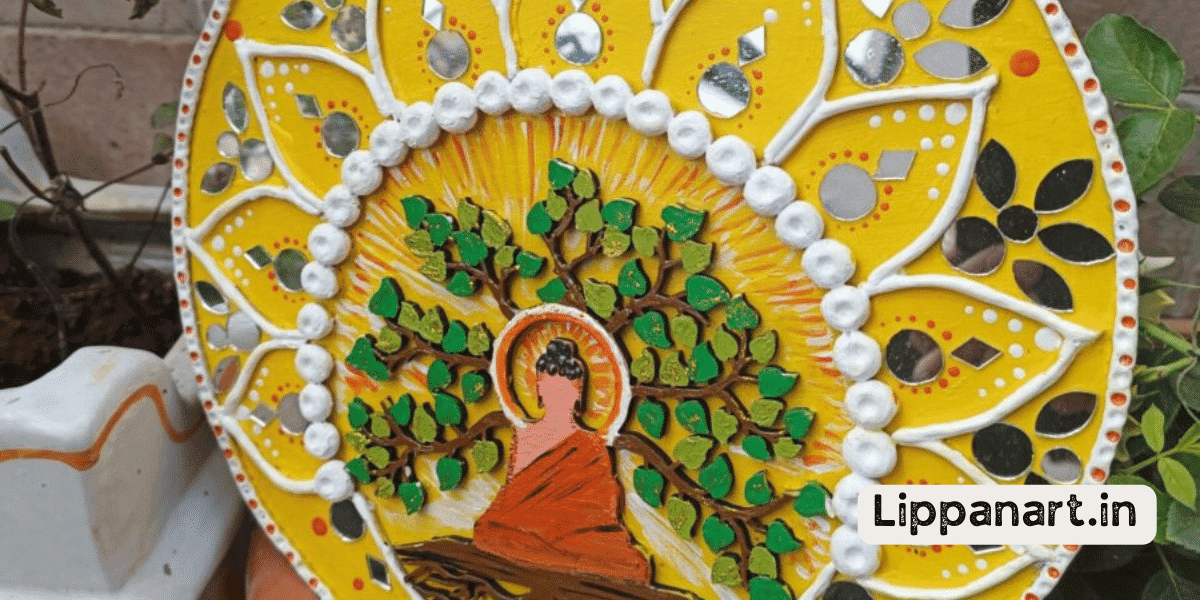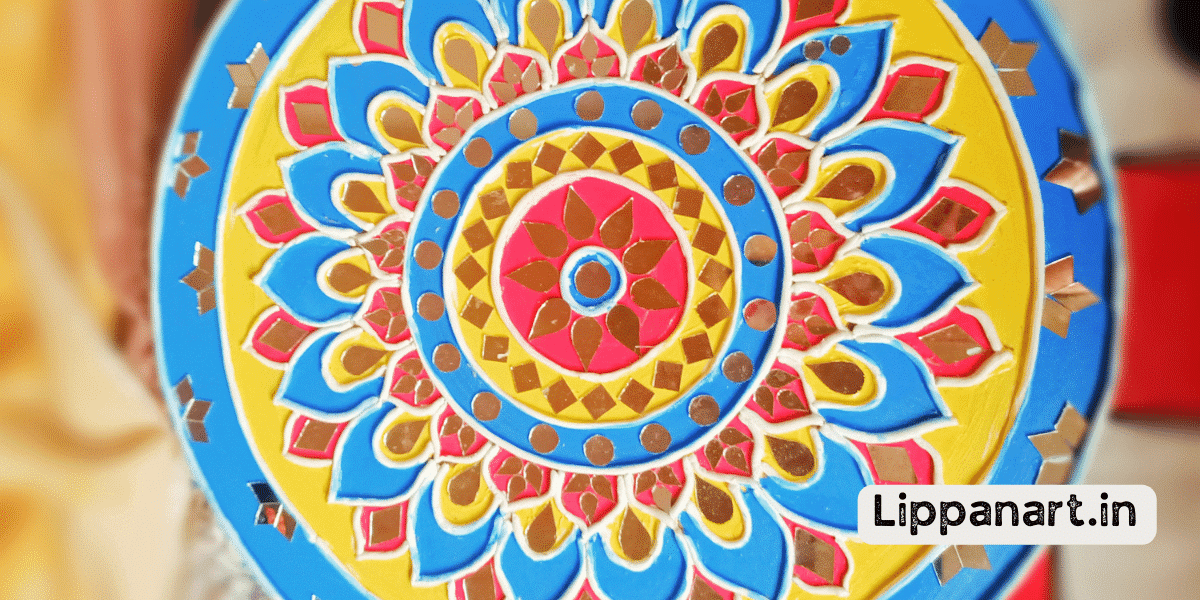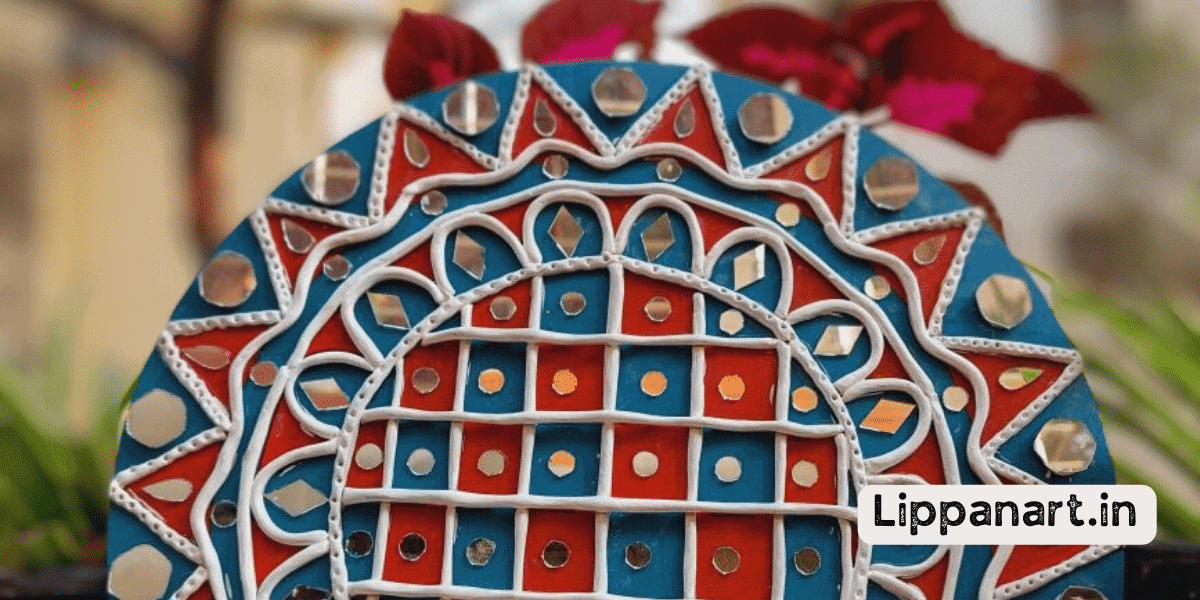Time is of the essence, and you want to ensure your Mouldit clay is dry. You need the clay to be dry and ready to use for your creative project so you can unleash your inner innovator.
In this article, we’ll explore how much time Mouldit clay takes to dry and the factors that affect its drying time. We’ll also discuss techniques to speed up the drying time, storage tips, and safety tips.
Let’s get started!
Drying Time for Mouldit Clay
Moulding clay dries in 4-6 hours based on thickness and environment. Drying times can vary based on the amount of water added and the temperature and humidity in the surrounding environment.
It’s an ideal material for sand casting, air drying, heat curing, oven baking, and clay sculpting. When working with Mouldit, knowing the drying time as you sculpt is important. It will only dry quickly if thick enough and can become hard to work with. For best results, keep the clay thin and combine with other materials to get the desired effect.
Air drying is the most common method for drying Mouldit, but heat curing and oven baking can also be used. If you’re in a rush, there are ways to speed up the drying process. For instance, placing the clay in a warm environment with low humidity will help it dry faster. You can hasten the drying process using a hairdryer or fan on low.
For the most part, Mouldit is an easy material to work with, and its drying time is quite reasonable. You can create long-lasting works of art with patience and the right techniques.
Factors Affecting the Drying Time of Mouldit Clay
You’ll find that several factors affect how quickly your Mouldit clay dries. These include moisture content, curing process, air temperature, clay consistency, and humidity. Understanding these factors and how they interact with the clay will help your creative process, allowing you to get the most out of your Mouldit clay.
The moisture content of the clay will have a direct impact on the drying time. The more moisture in the clay, the longer it will take to dry. Additionally, the curing process of the clay will affect the drying time. If the clay is not cured properly, it will take longer to dry and may lead to uneven results.
The air temperature can also affect drying time. If the air is too hot or too cold, it can cause the clay to dry too quickly or too slowly, respectively. Additionally, the consistency of the clay also affects drying times. It can take longer to dry if the clay is too thick or thin.
Finally, humidity levels can affect how quickly your Mouldit clay dries. If the humidity is too high, it can take longer for the clay to dry. Low humidity can cause clay to dry too quickly, leading to cracking.
Storage Tips for Mouldit Clay
To get the most out of your Mouldit clay, it’s important to store it correctly. Storing the clay at the right temperature and humidity can help to maximize its lifespan. Here are some tips to help you keep your Mouldit clay in top condition:
- Monitor the temperature: Temperature can affect the consistency of your clay, so it’s important to store it in a cool, dry place.
- Rehydrate the clay: Clay can dry out over time, so it’s important to rehydrate it with a few drops of water before using it.
- Control the air humidity: Too much humidity can cause the clay to spoil, so it’s important to store the clay in an environment with a low humidity level.
These tips can help you get the most out of your Mouldit clay and help ensure it has a long curing time and is sealed properly.
Techniques to Speed Up the Drying Time of Mouldit Clay
If you’re looking to speed up the drying process of your Mouldit clay, there are a few techniques you can try.
The most effective way to speed up the drying process is to create moulds from the clay. This will help reduce the air exposure and keep the clay from becoming brittle.
You can also try drying techniques to reduce the moisture in the clay. Sealing the clay with a waterproof material, such as shellac, can help speed up the drying time.
Also, manipulating the room’s air temperature and humidity levels can help speed up the drying process.
Finally, you can use a fan to circulate the air around the clay, which can also help it dry faster.
- Editor’s Choice
- Best Seller
- Amazon Choice
Benefits of Letting Mouldit Clay Dry Naturally
Letting Mouldit clay dry naturally has its benefits as well. For starters, it provides artists with more control over the creative process. You get to control the drying speed, giving you more time to create intricate sculptures and shapes. Also, you’ll have more options regarding colours and the number of colours you can mix. This can give you more freedom with your artistic expression and create more detailed works.
Another advantage of air drying Mouldit clay is that it gives you more time to use your sculpting tools to craft the piece. You’ll have more time to refine the details and create the exact sculpture you had in mind. Plus, it can help you avoid any surprises regarding the finished product.
Here are some of the key benefits of letting Mouldit clay dry naturally:
- More control over the creative process
- More options when it comes to colours and colour mixing
- More time to use sculpting tools for better details and precision
- Avoid surprises when it comes to the finished product
Troubleshooting Tips for Drying Mouldit Clay
If you’re having trouble getting your Mouldit Clay to dry, don’t worry! You can make many pre-baking techniques and adjustments to ensure your clay is dry and ready to use.
Start by controlling the humidity in the area. If the air is too damp, the clay may not dry properly, so you should consider air-drying methods.
Additionally, consider temperature adjustments. The clay may dry quickly and crack if the room is too hot.
Finally, consider clay sealing. This will protect the clay and keep it from becoming too brittle.
Using these helpful tips and techniques, you can effortlessly create stunning clay pieces in no time.
Safety Tips When Working With Mouldit Clay
When working with Mouldit Clay, taking safety precautions to protect yourself and your work is important. It’s a great material for crafting projects but has some risks.
To ensure a non-toxic use, here are a few safety tips to keep in mind:
- Skin Irritation: Mouldit Clay may cause skin irritation, so it’s important to wear gloves when handling it.
- Drying Effects: The clay must dry before it can be used, so keeping it away from high-humidity areas and monitoring indoor air temperature and humidity levels is important.
- Temperature Control: If temperature and humidity are too high, it slows down drying. To speed up the process, you can use a fan to help circulate air or adjust the temperature and humidity levels.
Alternatives to Mouldit Clay for a Faster Drying Time
Using an alternative to Mouldit Clay can help speed up the drying process. Several options are available if you’re looking for a more innovative way to get your projects done quickly.
Air drying is a great way to dry your clay pieces in a fraction of the time it would take to dry with Mouldit Clay. Also, microwaving or oven-baking your clay pieces can result in faster drying times.
Frequently Asked Questions
Is Mouldit Clay Washable?
Yes, Mouldit clay is washable! Painting techniques, different colours, storage tips, and air drying are all easy to do with Mouldit clay. To ensure your creations last, try sealing them with one of the many methods available. Unleash your creativity and explore the possibilities with Mouldit clay!
Does Mouldit Clay Shrink When Drying?
On average, Mouldit clay shrinks up to 8% when air drying. Making moulds with clay is easy, and adding colour can make it stand out. Curing times and storage tips vary, but air-drying is usually faster. Get creative and explore the possibilities Mouldit clay offers for innovation!
Is Mouldit Clay Safe for Children to Use?
Yes, mouldit clay is safe for children to use with the correct safety precautions. It is made from organic ingredients and requires specific finishing techniques, drying temperatures and storage guidelines. Innovate with mouldit clay and ensure the safety of your little ones!
Does Mouldit Clay Require Any Special Tools or Equipment?
You don’t need any special tools or equipment to use Mouldit Clay – but you may need to familiarize yourself with painting and sculpting techniques, air drying and sealing methods, and firing methods to create something truly innovative.
Can Mouldit Clay Be Used Outdoors?
You can use Mouldit Clay outdoors! Consider painting it to the desired colour and sealing it with a protective coat for best results. Be mindful of curing temperatures and outdoor exposure, as these can affect the paint and sealant options. Innovative and creative techniques can bring your outdoor project to life!
Conclusion
Letting Mouldit Clay dry naturally is the safest and most reliable way to get the best results. With a little patience, you can be sure your Mouldit Clay project will be perfect.
Plus, the sweet smell of clay baking in the sun is an experience you won’t miss!
Working with Mouldit Clay can be a pleasurable and rewarding experience, and with the right storage and drying techniques, you can ensure your project will last a lifetime.











